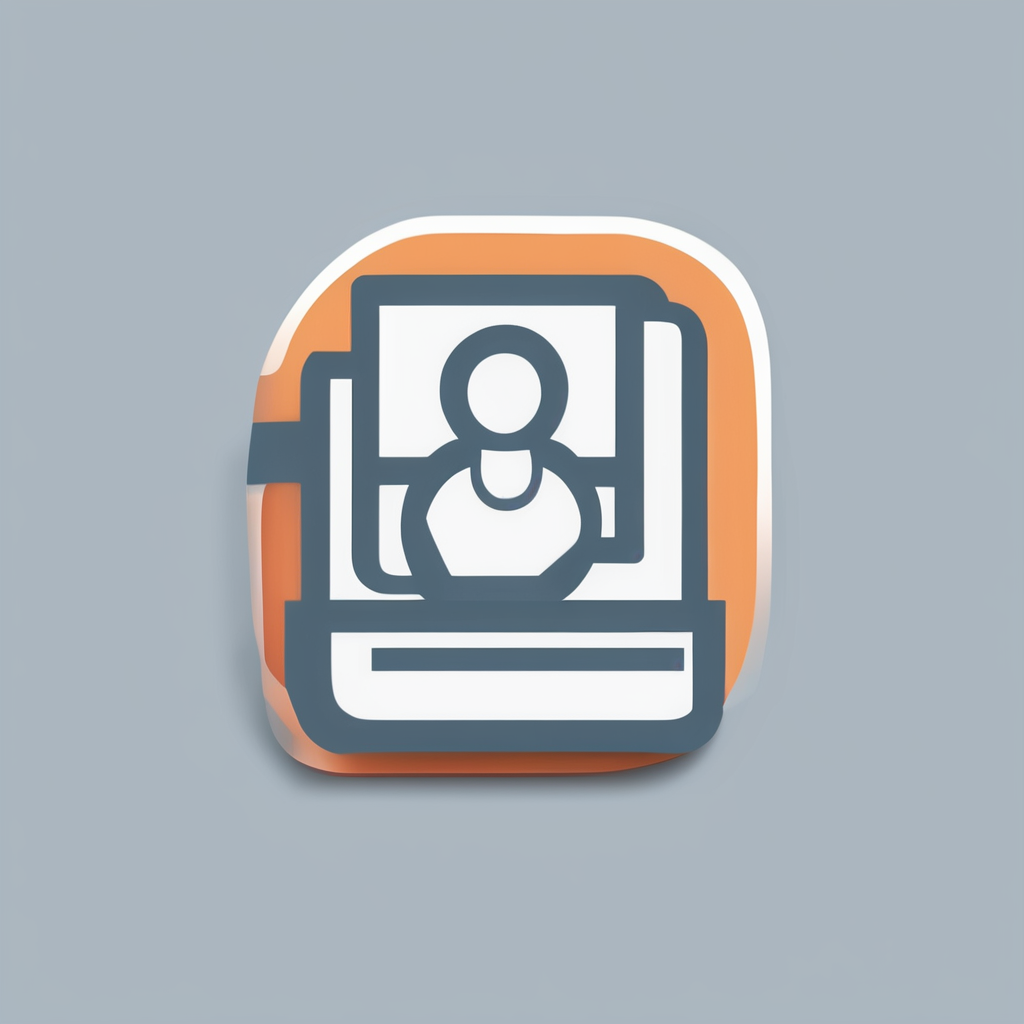Exploring the Impact of Extended Space Travel on Human Musculoskeletal Health
The Challenges of Microgravity
When astronauts venture into space, they enter an environment that is vastly different from what the human body is accustomed to on Earth. One of the most significant challenges posed by space travel is the effects of microgravity on the musculoskeletal system. Microgravity, or the state of weightlessness, alters the way the body functions in several critical ways.
Muscle Atrophy and Loss of Muscle Mass
In microgravity, the muscles that are typically engaged to counteract the effects of Earth’s gravity are less active. This leads to a phenomenon known as muscle atrophy, where the muscles in the lower body, such as those in the calf and thigh, begin to shrink and lose mass. This is because these muscles are no longer required to work as hard to maintain posture and movement in the absence of gravity.
Additional reading : Unlocking the Advantages of a Gluten-Free Lifestyle for Those with Non-Celiac Gluten Sensitivity
For example, a study by NASA highlighted that astronauts on long-duration missions experience significant loss of muscle mass, particularly in the lower body. This loss can be as high as 20% over a period of several months, which can severely impact the astronaut’s ability to perform physical tasks upon return to Earth.
Bone Density Loss
In addition to muscle atrophy, microgravity also affects bone density. In the absence of gravity, the weight-bearing bones in the body, such as those in the spine, hips, and legs, undergo a process called bone resorption. This is where the bones break down and become more brittle, increasing the risk of fractures and osteoporosis.
Have you seen this : Effective Approaches to Boosting Compliance with Hypoallergenic Diets in Young Eczema Sufferers
Table: Comparison of Musculoskeletal Changes in Microgravity
| Effect | Description | Impact on Astronauts |
|---|---|---|
| Muscle Atrophy | Reduction in muscle mass, especially in lower body | Decreased physical performance, increased risk of injury upon return to Earth |
| Bone Density Loss | Breakdown of weight-bearing bones | Increased risk of fractures, osteoporosis |
| Fluid Shift | Blood and fluids shift to upper body | Puffy face, sinus congestion, headaches |
| Cardiovascular Changes | Altered blood circulation and heart function | Increased risk of cardiovascular events |
| Neuro-ocular Syndrome | Changes in eye and brain structure | Vision problems, increased intracranial pressure |
Countermeasures: Exercise and Physical Activity
To mitigate the effects of microgravity on the musculoskeletal system, astronauts engage in various forms of exercise during their missions. These exercises are designed to maintain muscle strength, bone density, and cardiovascular health.
Types of Exercise
- Resistive Exercise: This type of exercise involves using resistance bands or machines to simulate the effects of gravity on the muscles. It is particularly effective in maintaining muscle mass and strength in the lower body.
- Cardiovascular Exercise: Activities such as running on a treadmill or using a stationary bike help maintain heart and blood vessel performance, reducing the risk of cardiovascular events.
- Functional Training: This includes exercises that mimic daily activities and spacewalks, helping astronauts maintain their ability to perform tasks in microgravity.
Example: The International Space Station (ISS)
On the ISS, astronauts have access to a variety of exercise equipment, including the ARED (Advanced Resistive Exercise Equipment) machine, which allows for resistive exercises, and the T2/COLBERT (Combined Operational Load-Bearing External Resistance Treadmill) treadmill. These tools are crucial in maintaining the physical health of astronauts during long-duration missions.
Psychological and Sociological Aspects
The impact of extended space travel is not limited to physical health; it also has significant psychological and sociological implications.
Isolation and Confinement
Astronauts on long-duration missions face prolonged periods of isolation and confinement, which can lead to behavioral changes, interpersonal conflicts, and mental health issues. The lack of privacy, limited living space, and the absence of natural light and fresh air can exacerbate these problems.
Sleep and Circadian Rhythm Disturbances
Sleep quality is often compromised in space due to the unusual environment and the lack of a normal day-night cycle. Poor sleep can lead to fatigue, decreased performance, and increased error rates. For instance, during the Mars 500 study, participants experienced significant disturbances in their sleep patterns and circadian rhythms, which affected their overall well-being and performance.
Practical Insights and Actionable Advice
For future space missions, particularly those to Mars or other distant destinations, it is crucial to develop and implement effective countermeasures to protect the musculoskeletal health of astronauts.
Detailed List of Countermeasures
- Regular Exercise Routine: Incorporate a daily exercise routine that includes resistive, cardiovascular, and functional training to maintain muscle strength, bone density, and cardiovascular health.
- Advanced Exercise Equipment: Utilize advanced exercise equipment like the ARED machine and T2/COLBERT treadmill to provide a comprehensive workout.
- Psychological Support: Provide psychological support and counseling to help astronauts cope with the stresses of isolation and confinement.
- Sleep Management: Implement strategies to manage sleep and maintain a normal circadian rhythm, such as using light therapy and scheduling regular sleep times.
- Nutritional Planning: Ensure a balanced and nutritious diet to support overall health and performance.
Quotes from Experts
- “The effects of microgravity on the human body are complex and multifaceted. It’s not just about muscle atrophy; it’s about the entire musculoskeletal system and how it adapts to a weightless environment,” – Dr. David F. Dinges, Sleep and Performance Researcher.
- “Exercise is crucial for maintaining the health and performance of astronauts in space. It’s not just about physical health; it’s also about mental well-being,” – Dr. Scott M. Smith, NASA Nutrition and Physical Activity Researcher.
Extended space travel poses significant challenges to the musculoskeletal health of astronauts. Understanding these challenges and implementing effective countermeasures is essential for the success of future space missions. Through a combination of regular exercise, advanced equipment, psychological support, and nutritional planning, we can mitigate the effects of microgravity and ensure the health and well-being of astronauts on long-duration missions.
As we continue to explore the vast expanse of space, it is crucial that we prioritize the health of those who venture into this unknown territory. By doing so, we can ensure that our astronauts return to Earth healthy, strong, and ready for their next adventure.











